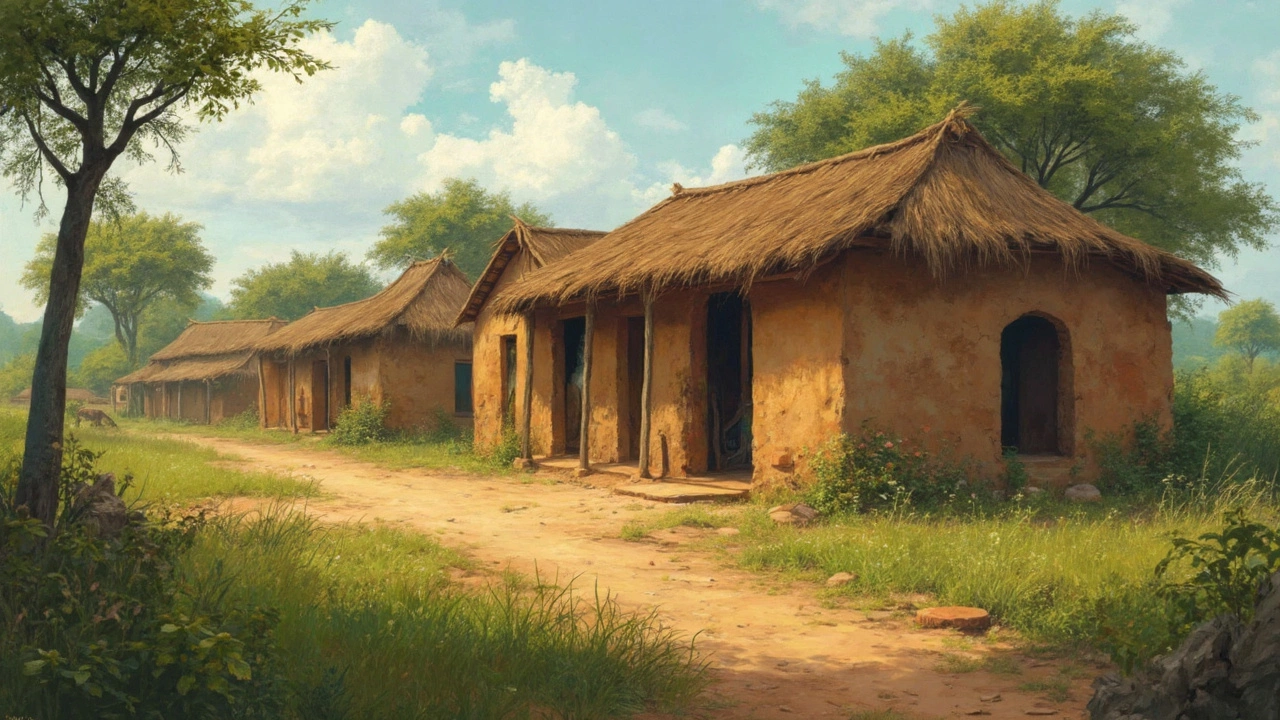Historical Homes: How to Keep the Charm While Staying Comfortable
Living in a house that’s been around for decades (or even centuries) feels like stepping into a story. The high ceilings, original woodwork, and old‑world details are a big draw, but they also bring a few headaches. How do you keep the character alive without sacrificing comfort? Below are simple, hands‑on tips that let you love the past and enjoy today’s lifestyle.
Preserving Original Details
First, take a walk through every room and jot down what’s original and what’s been added later. Look for plaster moldings, original floorboards, and historic windows. These features are the backbone of the house’s character, so treat them gently. If a plaster cornice is cracked, use a thin coat of plaster filler and sand it smooth – a quick fix that saves the look.
When you need to replace something, match the material and profile as closely as possible. For example, if a Victorian baseboard is missing, have a carpenter cut a new piece from reclaimed wood that matches the grain. Reclaimed wood not only fits the style but also reduces waste.
Moisture is a big enemy in old homes. Keep basements and crawl spaces dry with a dehumidifier or proper drainage. Fix any leaks right away – water can ruin historic plaster and wood in no time.
Mixing Modern Comfort with Vintage Look
One of the easiest ways to add comfort is with the right sofa. A custom couch that follows the room’s scale (think low back, modest arms) can sit beautifully under a grand chandelier. Choose fabrics that echo the era – think linen, tweed, or muted damask – but pick a fiber that’s easy to clean. A slipcover that matches the color palette lets you protect the piece while keeping the look classy.
Lighting can make or break a historic room. Instead of swapping out antique fixtures, add LED bulbs that mimic the warm glow of old filament lamps. This keeps the energy bill low and the ambience authentic.
Flooring is another spot to blend old and new. If you have wide‑plank pine floors, keep them sanded and sealed to show the natural patina. Add a woven rug in a muted tone to soften the feel underfoot without covering the wood.
Don’t forget the small details. Brass or copper hardware on cabinets, vintage‑style door knobs, and period‑appropriate wall treatments (like wainscoting) tie the whole look together. These touches cost less than a full remodel but give huge visual payoff.
Finally, keep a maintenance schedule. Write down when you last cleaned the chimney, inspected the roof, or resealed a window. Small, regular actions prevent big problems later and keep the home safe for generations.
Historical homes are living pieces of art. With a little care and the right design choices—like a well‑chosen custom sofa—you can enjoy the past while living comfortably today.
Why Old Houses Had Outdoor Toilets: A Peek into the Past
Discover why old homes often featured outdoor toilets and explore the reasons behind this curious design choice. We'll delve into the historical context, practicalities of the time, and how these designs influenced modern plumbing. Plus, find out how vintage wardrobes could tie into this intriguing history. Join us for a fascinating look into the past.





